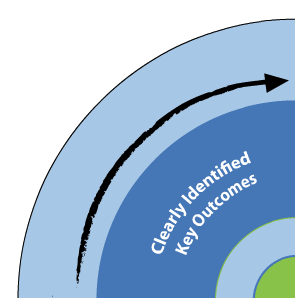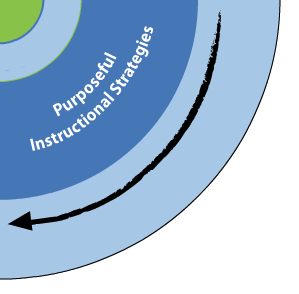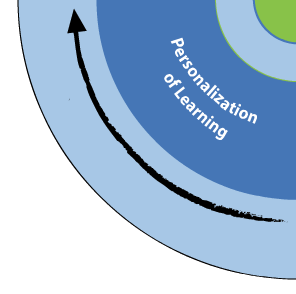Skills - Disciplinary Writing
Disciplinary Writing
Page Navigation
(Click to jump to section)
| Brief Explanation | Clearly Identified Key Outcomes | Purposeful Instructional Strategies | Personalization of Learning |
Brief Explanation
- Disciplinary writing refers to the content specific vocabulary, structures and presentation that students will encounter that is different in each content area. The idea of disciplinary literacy is that students not only have to learn the essential content of the field, but how reading and writing are used in that field. (Shanahan & Shanahan, 2008)
- Writing helps students understand, process and think critically about course material.
- Writing to help students learn and make connections across disciplines/curriculum.
-

Clearly Identified Key Outcomes
Use your programs of study for curriculum outcomes related to disciplinary writing.
Please refer to CESD’s Essential Outcomes work if you are using the previous Alberta Curriculum (Grade 7+).
Here is the New Alberta ELAL Curriculum, from the New Learn Alberta website, laid out like a scope and sequence.

Purposeful Instructional Strategies
- Explicit instruction around discipline-specific features of writing (for example, how to write a science lab, how to write a source analysis, etc.)
- Instruction on how to use writing to process content in subject areas other than the humanities – math/science journals, quick-writes (The Quickwrite Handbook by Linda Rief), exit slips etc.
- Explicit instruction of vocabulary related to the subject discipline – including spelling of terms
- Use of mentor texts (texts to be studied and imitated) across the disciplines
- Specific instruction regarding voice in disciplinary writing – adjusting your voice accordingly, keeping audience in mind, etc.


Personalization of Learning
- Choice of personally meaningful topics related to the discipline
- Templates provided for writing tasks
- Extra time and/or instruction
- Assistive technology
- Vocabulary lists
- Consolidating knowledge using different genres